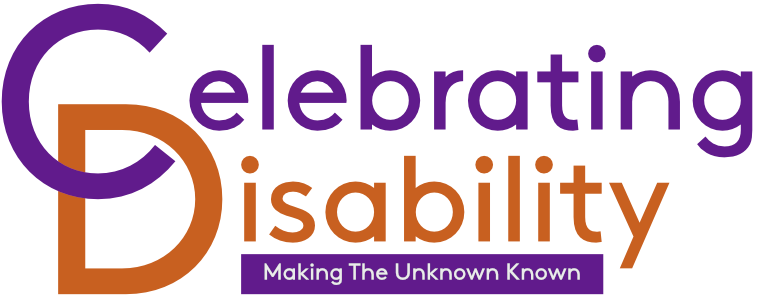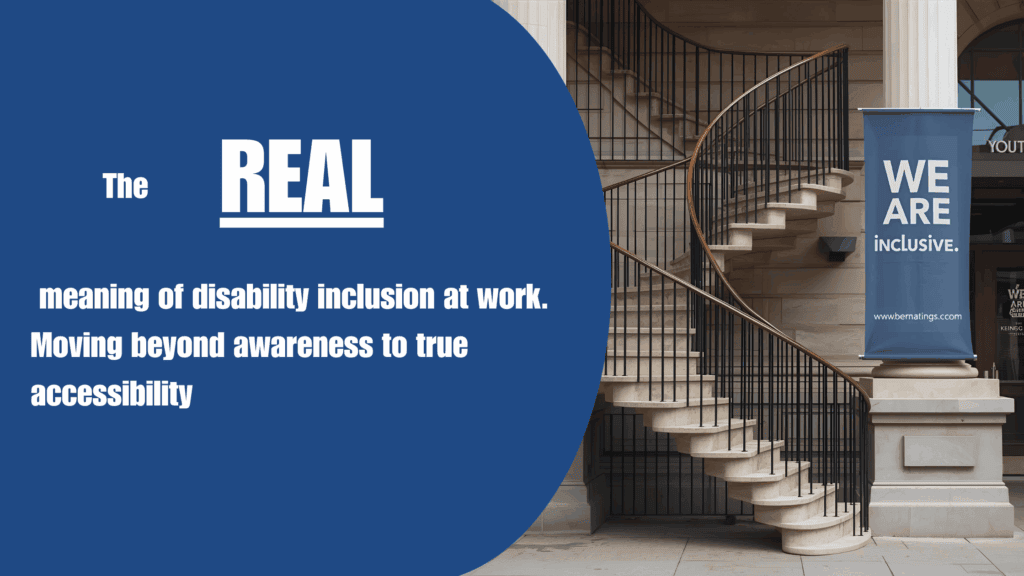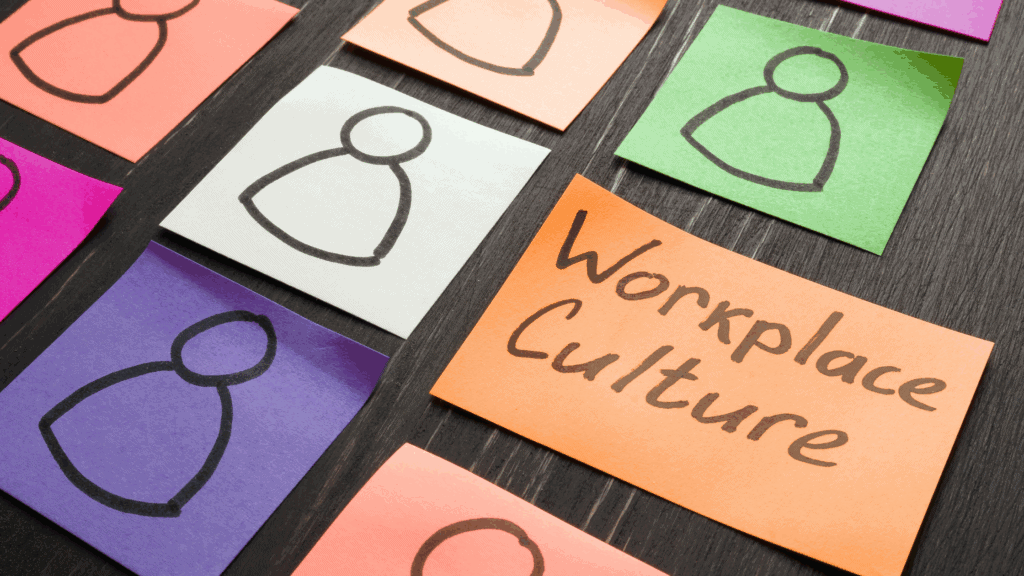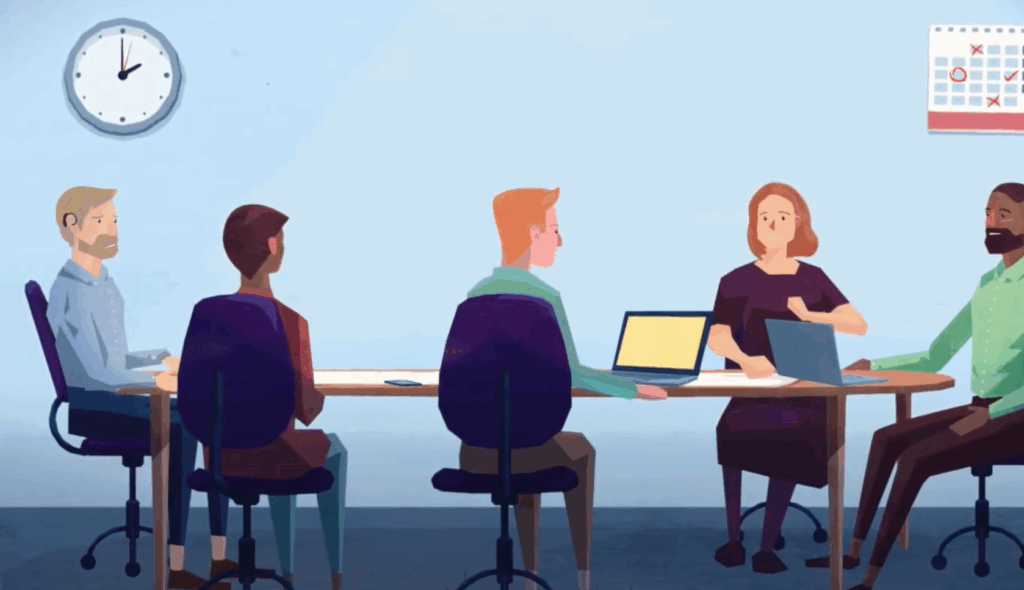When we consider including disabled people, there are many terms that bounce around the disability inclusion and diversity inclusion space:
- Equity and equality
- Impairment and disability
- Accessibility and inclusion
Including Disabled People: Accessibility vs Inclusion
We will focus on the former at a later point but today, I would like to focus on accessibility and inclusion. I believe this is an example where there is a lot of speculation about the meanings of the two. I’ve seen them used interchangeably; suggesting that they mean the same thing. But they don’t:
Accessibility means a person can access something. This relates to the tools, resources and structures available. They may be tangible. For example a ramp into a building or an automatic door.
They can also be intangible. For example a hearing loop installed in a building or closed captions available on a digital meeting.
Inclusion means that the attitudes and behaviours of the people surrounding the person that needs access are such that the person actually wants to be there. For example, for a person to feel included and valued as a customer, the business will have considered the customer’s experience:
For example a restaurant may have an accessible toilet installed. However, if a disabled person has to manoeuvre through tables of patrons and ask every single one of them to move out of the way, then that person may not feel welcomed, included or valued.
Beyond the Physical
The feelings evoked by disability exclusion are not just exclusive to people with physical disabilities: people with invisible disabilities also have similar experiences. In a workplace meeting. It may be expressed that anyone can move around during the meeting if they need to. However, the meeting will not stop for anyone. As a result, somebody with ADHD who is unable to stay still for long periods of time feels isolated and is prevented from taking part in discussions.
Lived Experiences
Over the last few years, I’ve asked around for people’s experiences of what inclusion means to them. Overwhelmingly, people have commented that including disabled people happens when a person feels relaxed: as disabled people, often we have to think five steps ahead of what is coming before anything happens. This is so that we can plan for the worst but hope for a good experience. This happens as a result of knowing that society has not fully thought about our barriers. Society has also not fully thought about how we would like to share in an experience.
A disabled person may be able to access the bar. However if the bartender does not take the time to communicate with us in the way that we need them to, then our experience is diminished. It’s very hard to only remember the good experiences of the night out when half the night has been taken up by battling to get a drink, get on the dance floor, have a conversation, etc.
Iterations
We can see iterations of this same thing repeated everywhere we look:
- On an online booking page. When a disabled guest has to call to check accessibility rather than the website providing clarity that this will be provided
- An accessible toilet that is always locked. Requiring a specific key (radar key) to unlock the toilet. Although not all, many disabled people need support to open and accessible toilet as radar keys are not accessible for those with limited dexterity. Meaning that we cannot go to the loo without asking for support from the public. An inclusive alternative would be to leave all accessible toilets open for everyone
- A workplace reasonable adjustment policy that requires a disabled person or their line manager to take several steps before something can be implemented. An inclusive alternative could enable a one step, simple process for implementing a reasonable adjustment
An Animation to Demonstrate Including Disabled People
With all this in mind, we have created an animation video to demonstrate the valuable difference between accessibility and inclusion. We were lucky enough to work with video production and animation agency Cass Productions to create this video. Please take a look and if you have any questions, please do reach out and speak to us.
Remember Accessibility
Throughout all of this, please remember to prioritise accessibility at the same time. After all, there can be no inclusion if there is no accessibility. If a disabled person cannot access the venue or the meeting, there is no point in making it inclusive. In order to work together, consider accessibility and inclusion on their own merits.
It’s not imperative to get it right first time. There is no such thing as fully inclusive or fully accessible. “Fully” accessible or inclusive cannot possibly exist because every disabled person is unique and has unique requirements.
Many disabled people (including myself) believe that as long as we can see the intention, it doesn’t matter if the access is not perfect. This is because the intention and behaviours of people supporting us make the experience inclusive.




